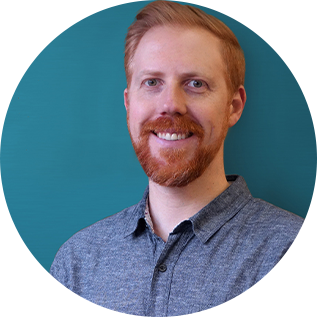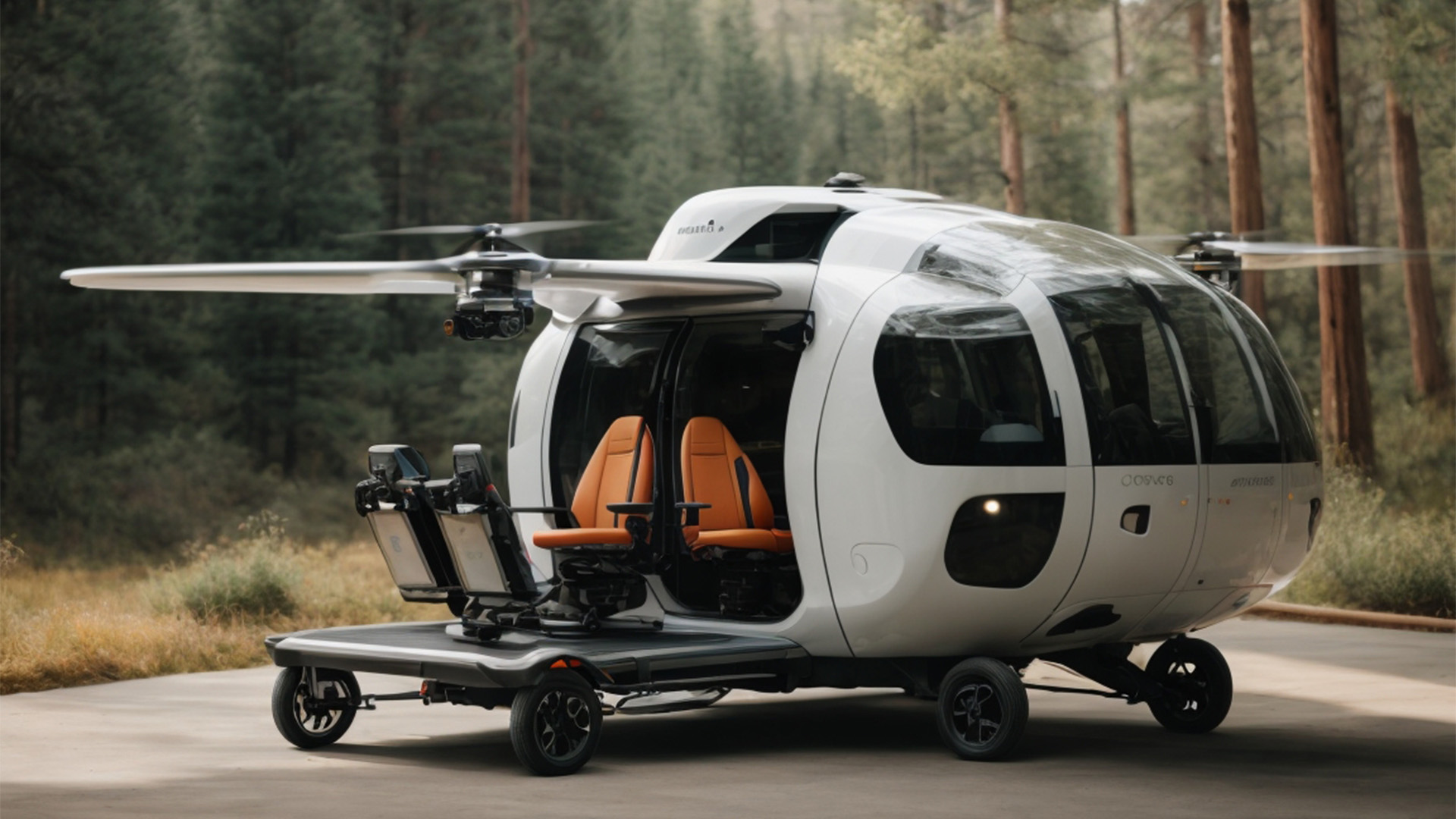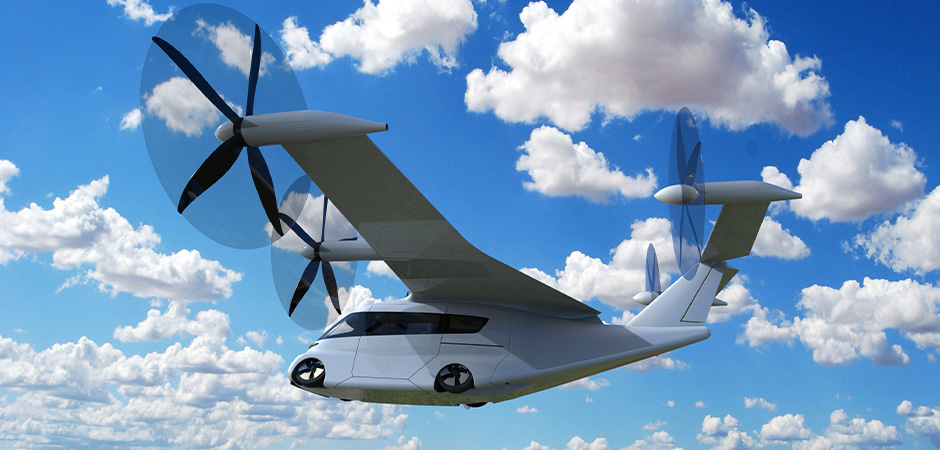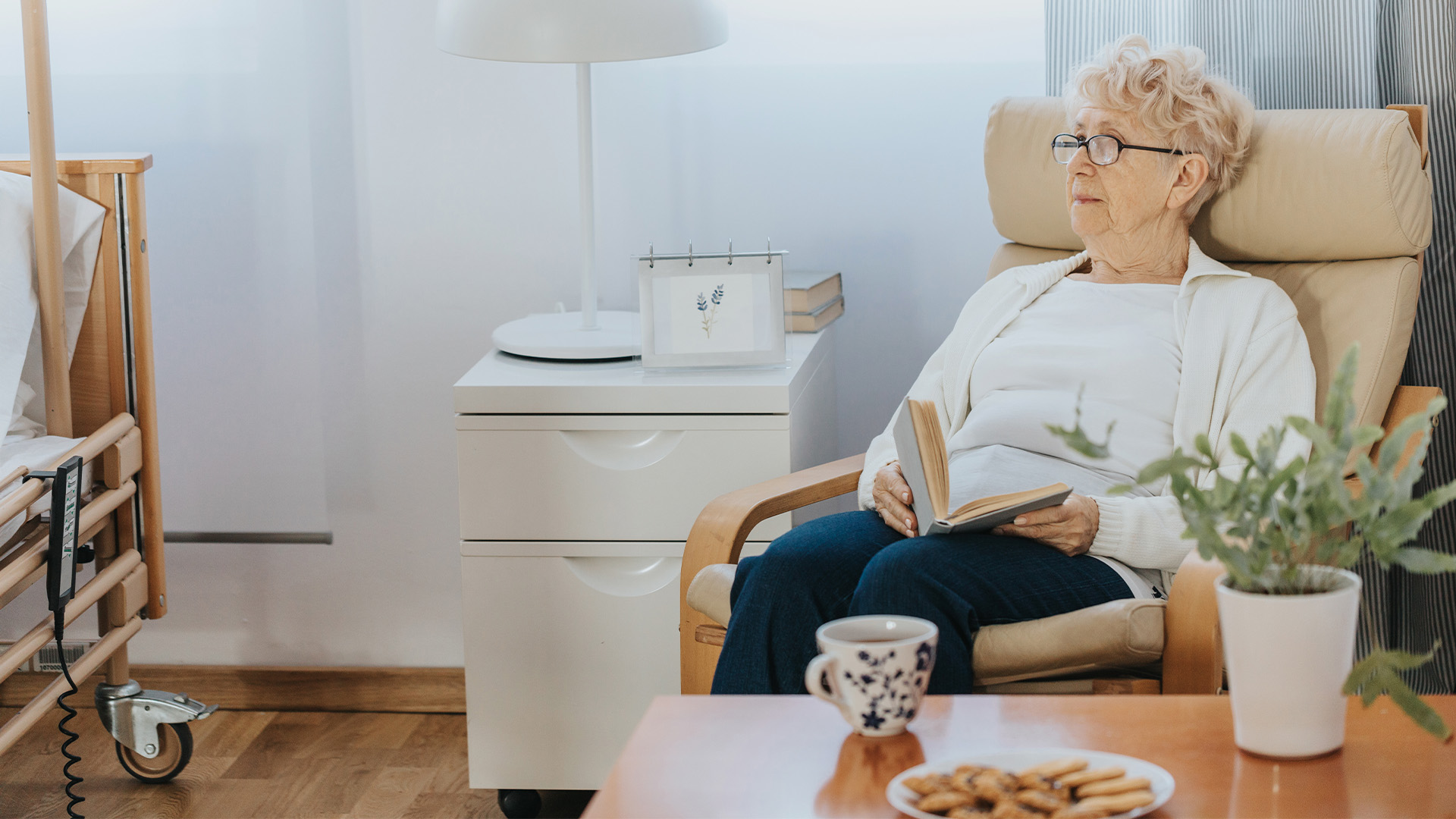
David Byron
Manager – Design + Innovation Strategy
An In-Depth Look at the Experiences of Educators, Students, & Parents During Emergency Remote Learning
Between March and June 2020, statewide school closures due to the COVID-19 pandemic caused major disruptions in both learning and daily life for students, parents, teachers, and school leaders alike.
With a desire to reflect and learn from this moment in educational history, Michigan Virtual collaborated with our team at Sundberg-Ferar, who conducted a qualitative research project focused on capturing authentic stories and experiences from administrators, teachers, parents, and students.
Research Project Goals:
The ultimate goal was to influence actionable plans moving forward to make the future of education — whether face-to-face, blended, or virtual — more impactful for students. In order to accomplish this goal, however, the team first had to capture immediate in-the-moment insights from these groups to understand their pain points, uncover success stories, and listen to their perspectives on the future of remote learning.
Research Strategy:
To achieve this, Sundberg-Ferar conducted 17 small-group video interviews with a total of approximately 65 participants representing students, parents, teachers, and administrators from across the state. After conducting primary research, Sundberg-Ferar also lead Solution Hypothesis Workshops and defined knowledge gaps with the MI Virtual team to determine next steps in designing solutions to these pain points.
Remote/Virtual Learning Insights:
Insights gleaned through Sundberg-Ferar’s research were myriad, but essentially fell into four main categories:
1. Social & Emotional Wellbeing: What were the social and emotional effects of emergency remote learning on educators, students, and parents?
2. Pedagogy: What did we learn about pedagogy during this time? What motivates students to learn in remote environments without grades? What do we need to do in the future to address the needs of educators to enact sound pedagogy in a remote environment?
3. Technology: What did we learn from the technological hurdles faced by educators, parents, and students during this period of emergency remote learning?
4. Equity: What equity concerns emerged during this period of emergency remote learning? How might we innovate to address equity gaps in the future?
Remote/Virtual Learning Key Takeaways
The infographic below summarizes key takeaways from the project.

You can also view the full report including verbatim quotes from our interviewees on Michigan Virtual’s Website.
Help us ensure the future of our children’s education in the New Normal:
The goal of this project was not purely academic, but rooted in a desire to design better learning experiences for all students, regardless of whether they are learning in a face-to-face, remote, or blended learning environment.
WE NEED YOUR HELP to continue working towards actionable strategies for the future of remote learning experiences for our state & nation’s youth. Will you help?
If you’re interested in becoming a funding partner to develop projects for Michigan’s education innovation efforts, contact Ken Dirkin at Michigan Virtual, kdirkin@michiganvirtual.org, 517.336.7733 .
Want to talk more about how you can take advantage of Industrial Design Thinking for your services & products? Drop us a line. We’d love to hear from you!
Email us at hello@sundbergferar.com or call us at 248.360.3800
Author

David Byron
Manager – Design + Innovation Strategy
David Byron, Manager of Design and Innovation Strategy, has design experience ranging from supercars to hand tools. His passion for cars led him to Detroit where he graduated from the College for Creative Studies. He spent his early career focused on the automotive world where he was lead designer on many vehicles such as the Saleen S5S Raptor supercar. At Sundberg-Ferar David has led design projects from visual brand language development to multiple design innovation strategy projects focusing on human centric needs that inform and guide insightful design solutions.


